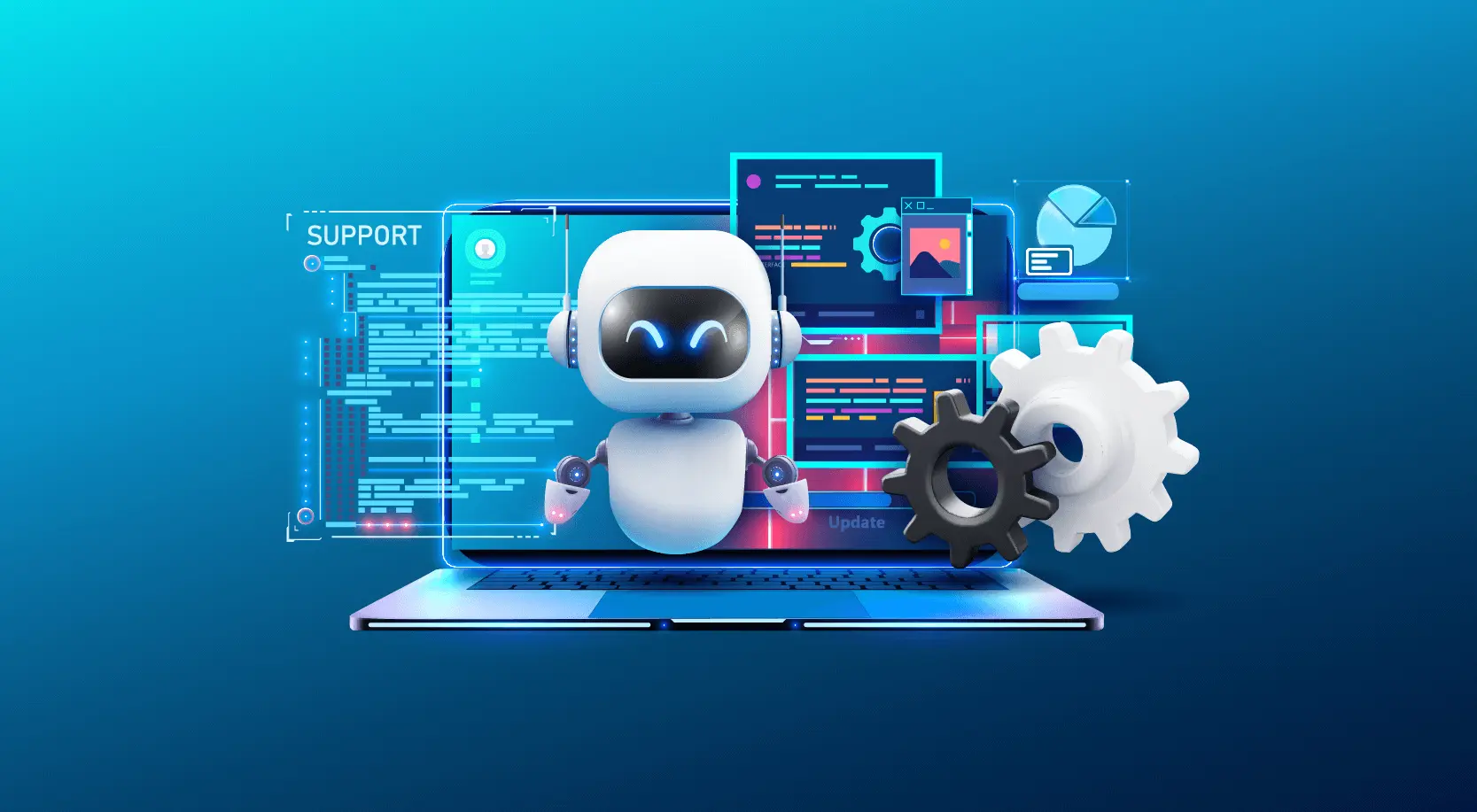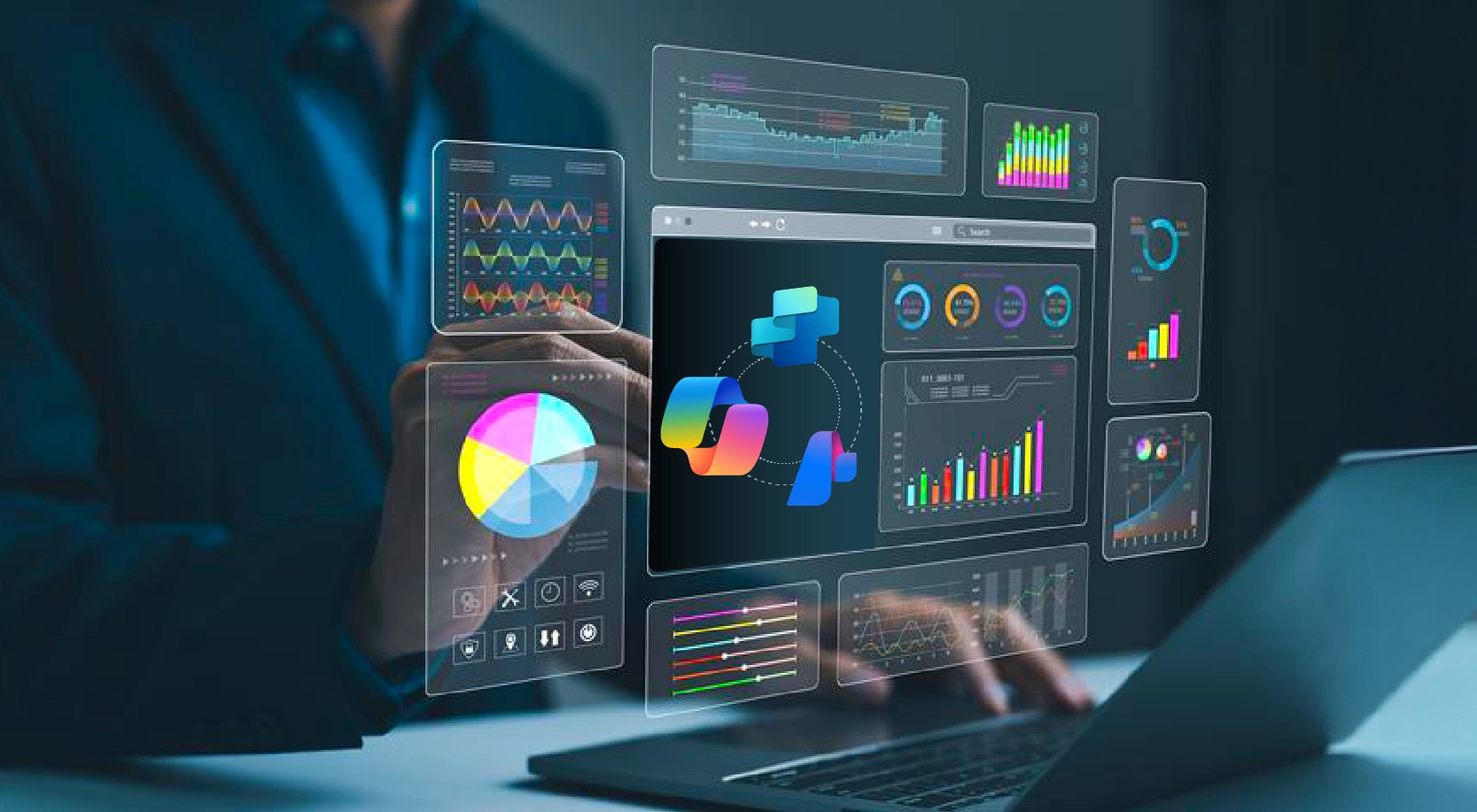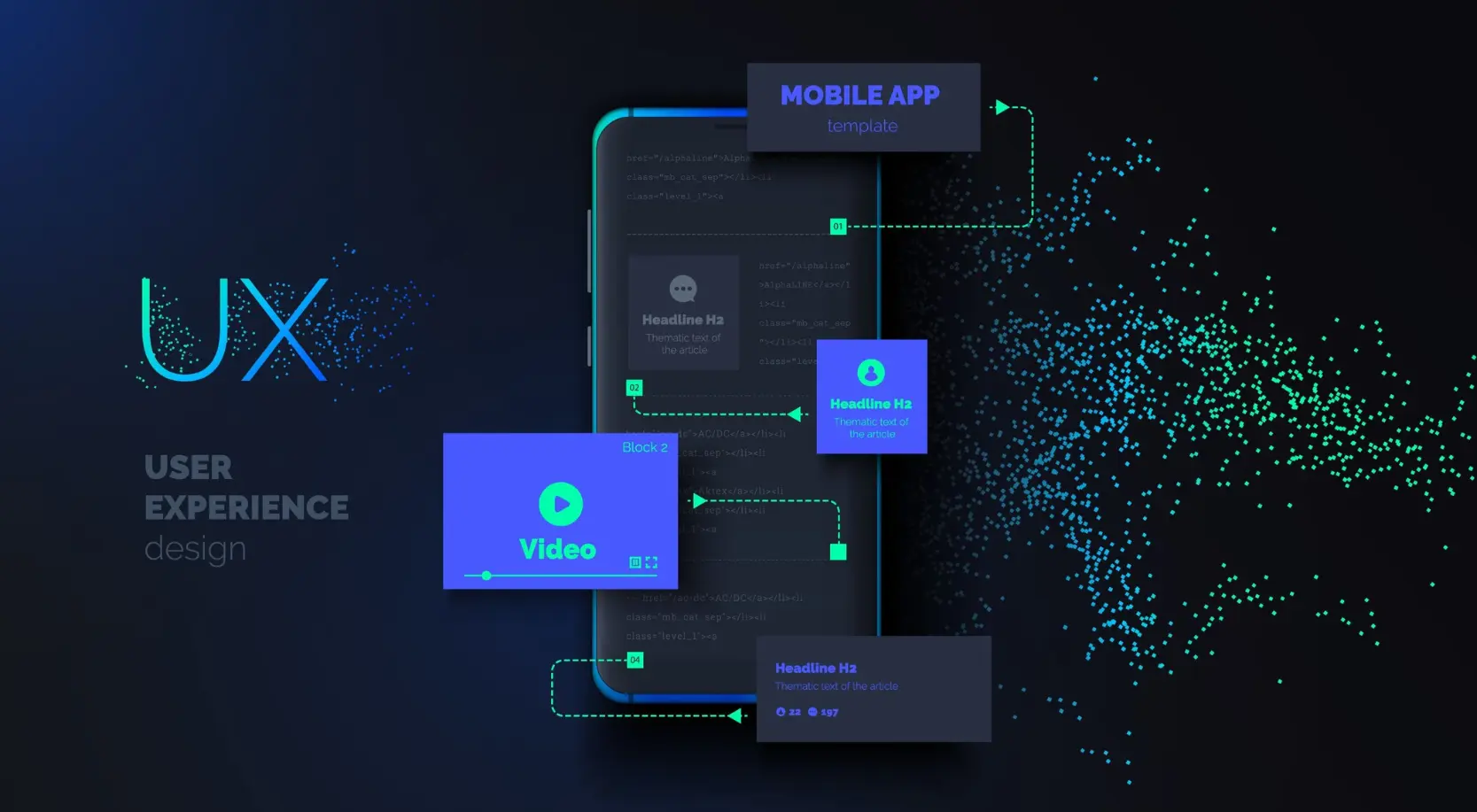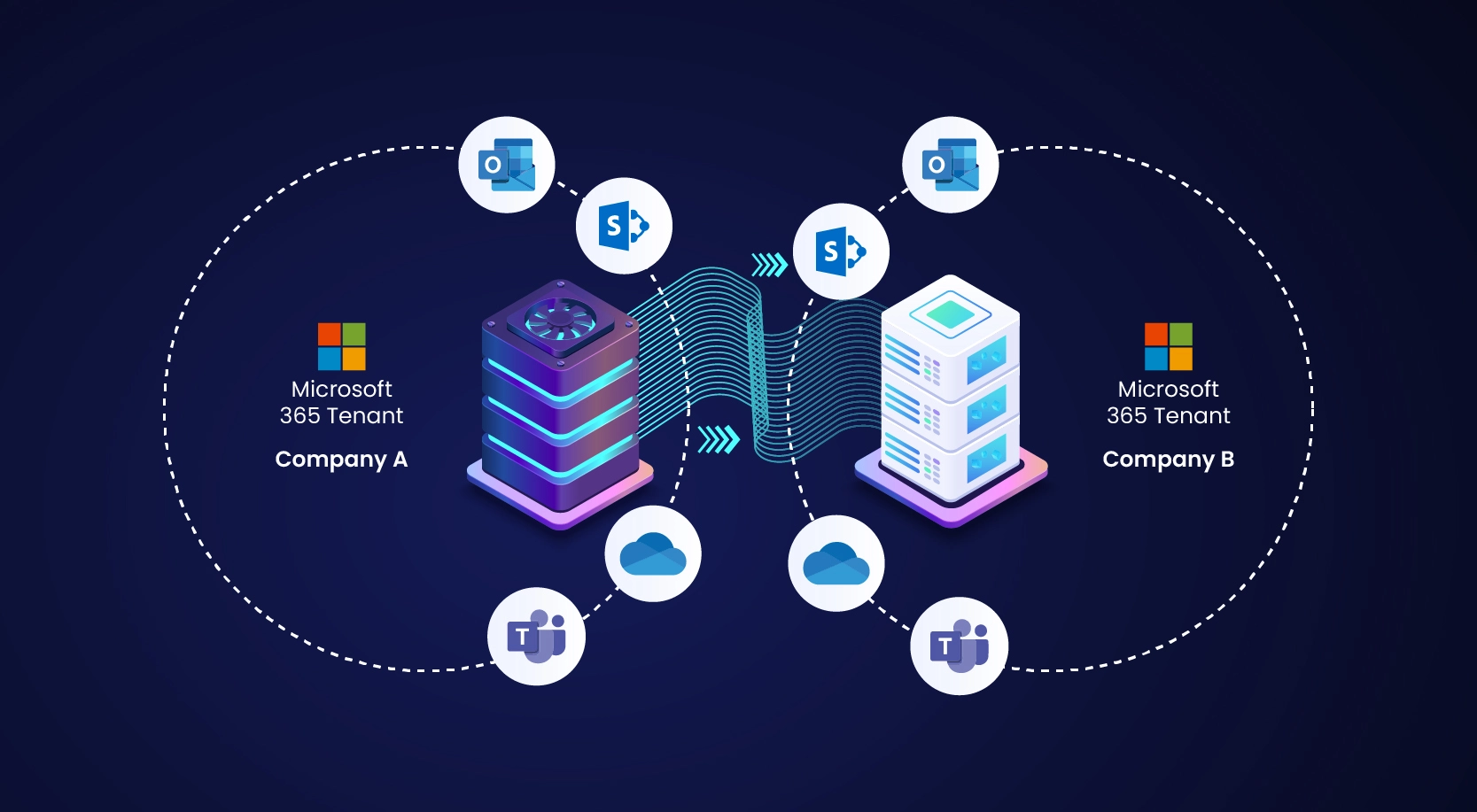
Satya’s announcements at Microsoft Ignite showed how GenAI advancements are creating exciting opportunities for forward-thinking organizations.
While optimism about Generative AI is high, data shows that not every organization is seeing tangible value yet. The boom is real, but the results are mixed.
According to NTT DATA’s Global GenAI Report, 97% of CEOs expect the technology to impact significantly, and 99% of respondents are planning more investments in GenAI. Still, only 43% of the C-suite strongly feel their current solutions are meeting expectations.
But with the rise of agentic AI, this scenario is poised to change. Powerful use cases are emerging that will lift profits and transform how organizations function and people work.
Agentic AI – Setting the Stage for the Future of Work
Interestingly, NTT DATA’s report also reveals that 95% of organizations agree that technology generates new opportunities for creativity and innovation. Building on this potential, Agentic AI is identified as an important advancement in the development of GenAI.
It feels like we’re at a turning point where Microsoft is moving beyond the proof-of-concept phase and into large-scale deployment. This is about a smarter way to work with agents that are integrated deeply into everyday business tasks. For those of us watching, this could be the moment when Agentic agents truly move from the fringes to the center of business innovation. Agentic AI workflows are transforming how different applications interact, actively driving productivity goals.
Profound Shift from Reactive to Proactive
Historically, IT has been a cost center—necessary, yet often bogged down by urgent issues that keep them from focusing on what’s next.
Unlike Large Language Model (LLM) tools like ChatGPT, which respond based only on user input or use Retrieval Augmented Generation (RAG) without much flexibility, Agentic AI takes a different approach at its core. It’s dynamic—it thinks ahead, uses tools, plans things out, and brings multiple agents together to work in sync. Instead of just reacting, Agentic AI takes real action, adjusts to what’s happening, and stays one step ahead. These abilities are already making an impact across different industries, with healthcare standing out as a prime example.
Agentic AI workflows in healthcare are reshaping clinical decision-making, patient monitoring, and administrative management. By analyzing patient data in real time, these AI agents can predict health risks and notify healthcare providers to take proactive action.
The Case for Agentic AI in Healthcare
- Intelligent Healthcare Coordination: Agentic AI can manage patient care in a hospital setting by continuously analyzing patient vitals and medical data. For example, if it detects subtle signs of patient deterioration, it not only alerts the medical team but also preemptively arranges additional tests, prepares necessary medications, and adjusts staffing to ensure that appropriate care is ready without delay. It essentially takes multiple small proactive actions to ensure better patient outcomes, rather than waiting for a human to notice the problem and start solving it.
- Proactive Chronic Disease Management: For patients with chronic conditions like diabetes or heart disease, Agentic AI does more than monitor vitals—it proactively analyzes wearable, medical, and lifestyle data. Upon detecting concerning trends, it can adjust medication, schedule follow-ups, send lifestyle recommendations, and notify healthcare providers to take preventive action. This proactive approach helps keep conditions in check before they escalate.
Building a Proactive Future
In my view, companies that thrive are those that look ahead, not just to the next fiscal quarter but to the technological evolutions shaping their industries. Agentic AI offers a way to leapfrog over incremental improvements and position organizations as leaders.
Imagine operations that predict bottlenecks before they even exist, customer service that anticipates needs before a ticket is raised, and a workforce that feels enabled rather than restricted by the technology around them.
Balancing Human Agency and AI Action
I feel there’s a significant conversation we need to have about where AI’s action ends, and human agency begins. In my observations, many AI systems tend to overstep—they automate tasks but, in doing so, can stifle human creativity.
Agentic AI aims to shift this dynamic. It’s designed not to replace but to drive the transformation, enhancing human capabilities rather than diminishing them. It’s about hitting the perfect middle ground between AI-driven action and the human touch.
As I mentioned earlier, Microsoft’s introduction of Copilot Actions is a clear example of this approach. Instead of just offering pre-set responses, Copilot now integrates more deeply with enterprise tools, enabling agents to perform complex tasks across various systems and, at the same time, making sure that the human remains in charge of the final decisions.
This nuanced balance—empowering without disempowering—is, I will say, the essence of Agentic AI.
Ignite, Empower, Innovate, and Inspire
I think it’s vital for organizations to take the leap and recognize Agentic AI as a true strategic advantage. The future of AI is all about being agentic—this is where we really expect its true value to shine through. The real shift comes when companies identify where proactive intelligence can truly make an impact—whether that’s elevating customer service, enhancing operational efficiency, or making sharper, more informed strategic decisions.
I feel the choice is obvious: either jump on board with this evolution or stand back while others take the lead and set the new standards.
What’s Next?
Partnering with experts is essential to make the most of the latest technological advancements. Why settle for average when you can aim for excellence?
Let’s connect today and see how WinWire can guide you on your GenAI journey.





